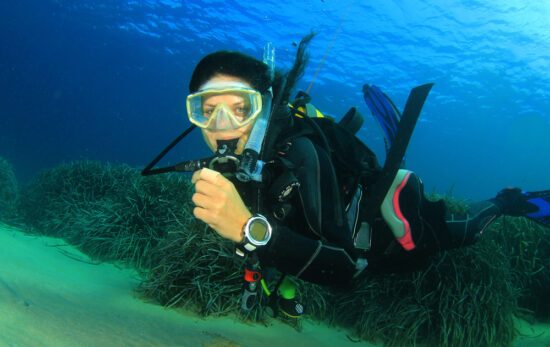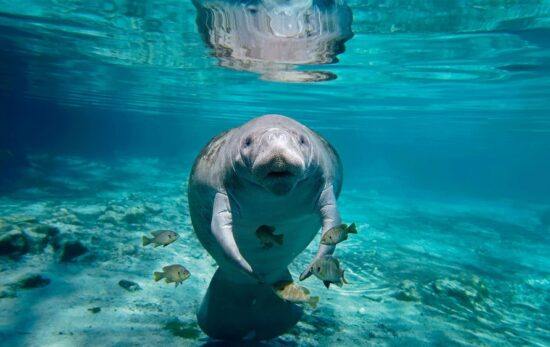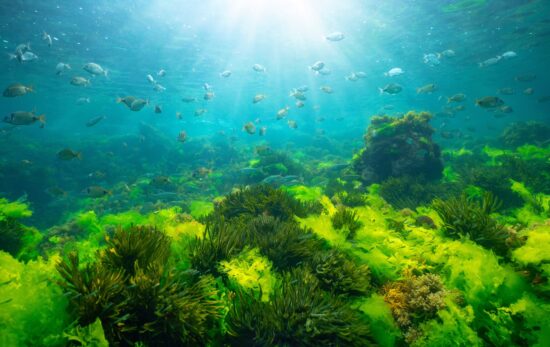There are amazing people working to save our ocean every day. The PADI AWARE Foundation is helping turn their blue dreams into concrete realities. And, they’re asking us to help.
Why We Should Care
Let’s face it. There are myriad challenges that face our natural world. Some are dauntingly scary – like climate change, food insecurity, and the extinction crisis. Additionally, in the ocean, we can trace many of the worst ills back to ourselves. These include marine debris, plastic pollution, chemical runoff, overfishing, and habitat destruction.
However, for every negative, heavy story we hear, there’s an equal and opposite uplifting one worth telling – about those people working to save and safeguard our planet and ocean. They’re cleaning up the ocean floor, stemming pollution at the source, creating new protections for vulnerable species and their homes, and finding ways to slow down the climate crisis.
These are the PADI AWARE Community Grantees. They’re creating the future we want to see. We celebrate them.
Community Grant Program Uplifts Wavemakers
The PADI AWARE Mission Hub Community Grant Program takes this one step further – by providing critical funding to those working to save our ocean. The Community Grants provide financial support to grassroots conservation projects and outcome-driven activities.
“The Community Grant Program tangibly exemplifies our commitment to the Foundation’s new mission to drive local action for global ocean conservation,” says Danna Moore, Global Director of PADI AWARE Foundation. “We simply cannot reach our collective conservation goals without working collaboratively with local communities.”
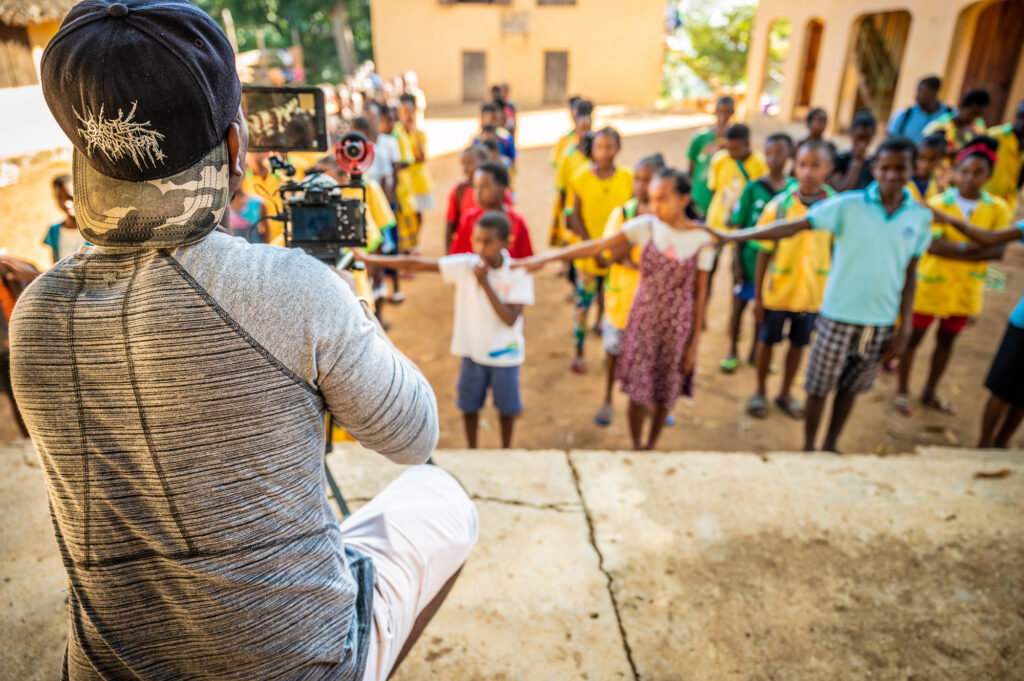
How It Works
- PADI AWARE invites qualifying PADI Dive Centers and non-profit ocean-conservation-related organizations to apply during set windows of the year. Additionally, the grant funding criteria is shared widely to encourage as many novel and innovative solutions to apply as possible.
- PADI AWARE staff and members of the Board of Directors evaluate each proposal and select funding grantees. Moreover, consideration is made for the project’s alignment with the Foundation’s goals, capacity to meet stated goals, measurable outcomes, budget, feasibility, and more.
- Grantees are awarded funds to realize their projects. The maximum grant amount is $10,000. Funds can be used to support a variety of project-related expenses and services.
- At the end of the funding cycle, grantees report back on project outcomes and learnings.
A Focus on What Matters Most
Past and current grants have been awarded to initiatives and projects that directly advance the PADI Blueprint for Ocean Action, which is the foundation of PADI AWARE’s conservation strategy.
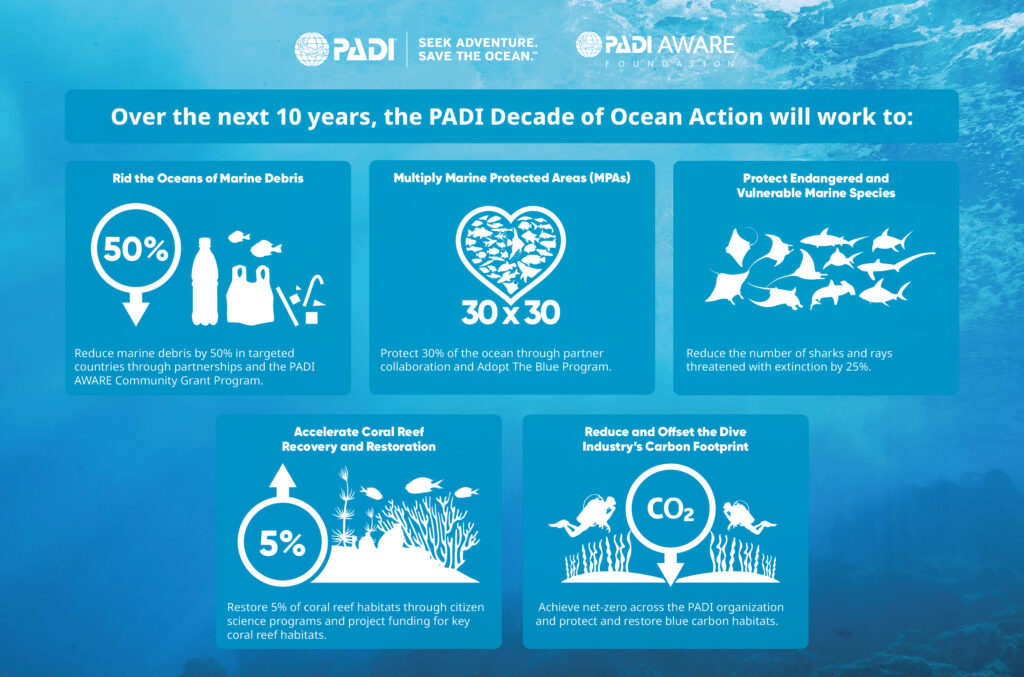
There are five sectors of intended impact that align with key ocean issues:
- Rid the Oceans of Marine Debris
- Multiply Marine Protected Areas (MPAs)
- Protect Endangered and Vulnerable Marine Species
- Accelerate Coral Reef Recovery and Restoration
- Reduce and Offset the Dive Industry’s Carbon Footprint
These sectors directly direct support the United Nations Decade of Science for Sustainable Development. Together, they also make up the PADI Decade of Ocean Action. Therefore, PADI AWARE funds projects and initiatives that align with these five sectors of action.
Meet Your Grantees
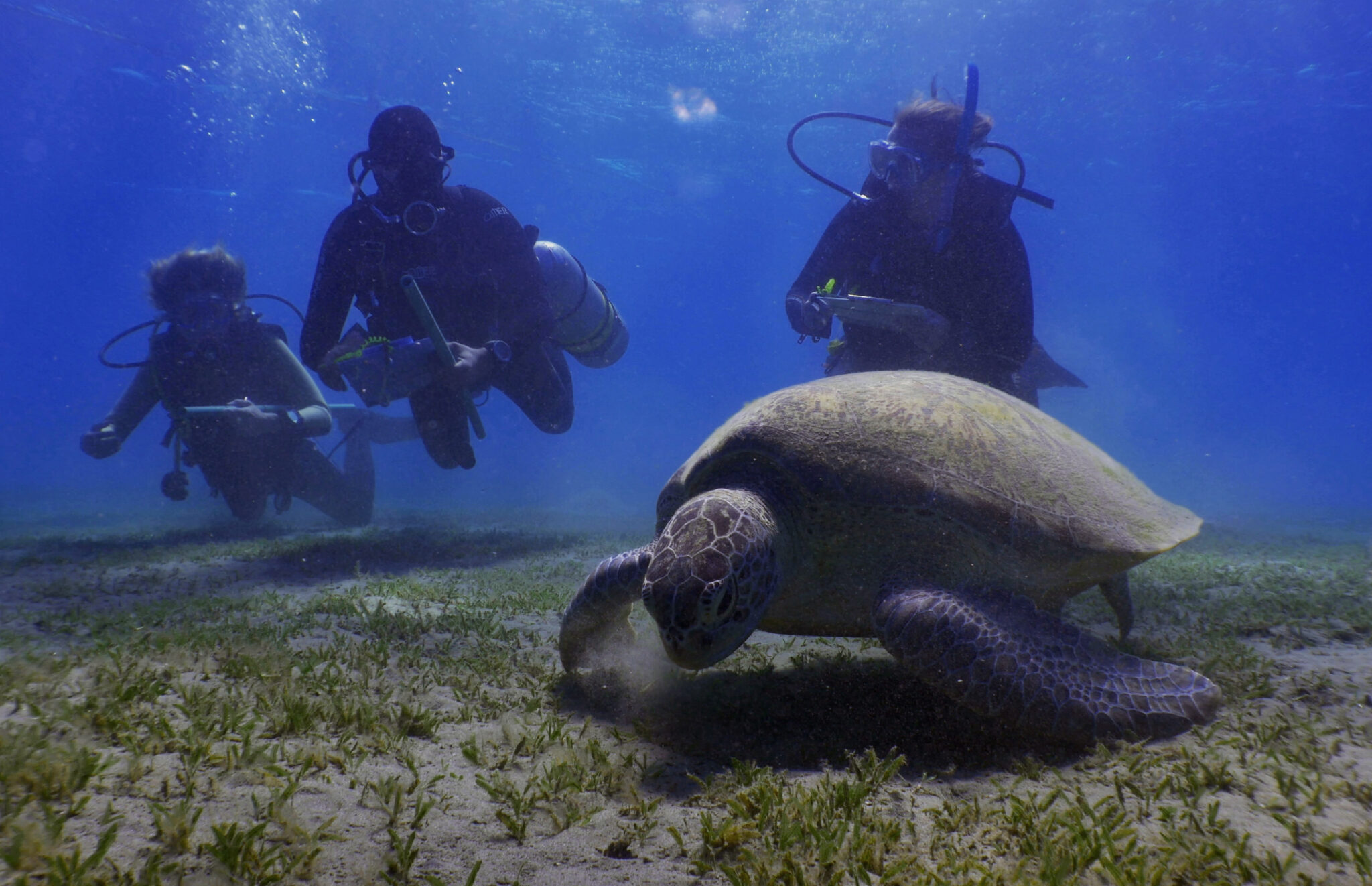
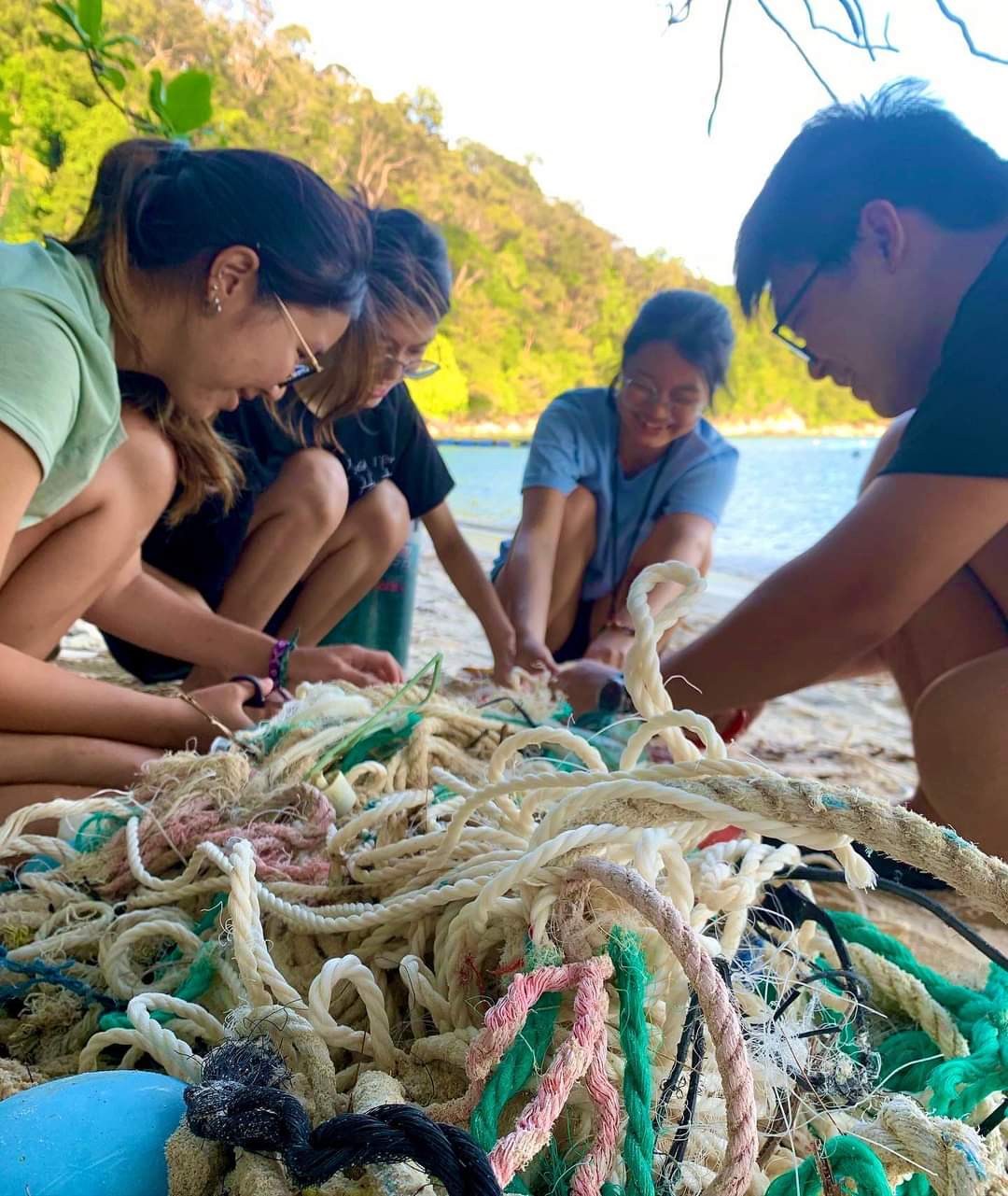
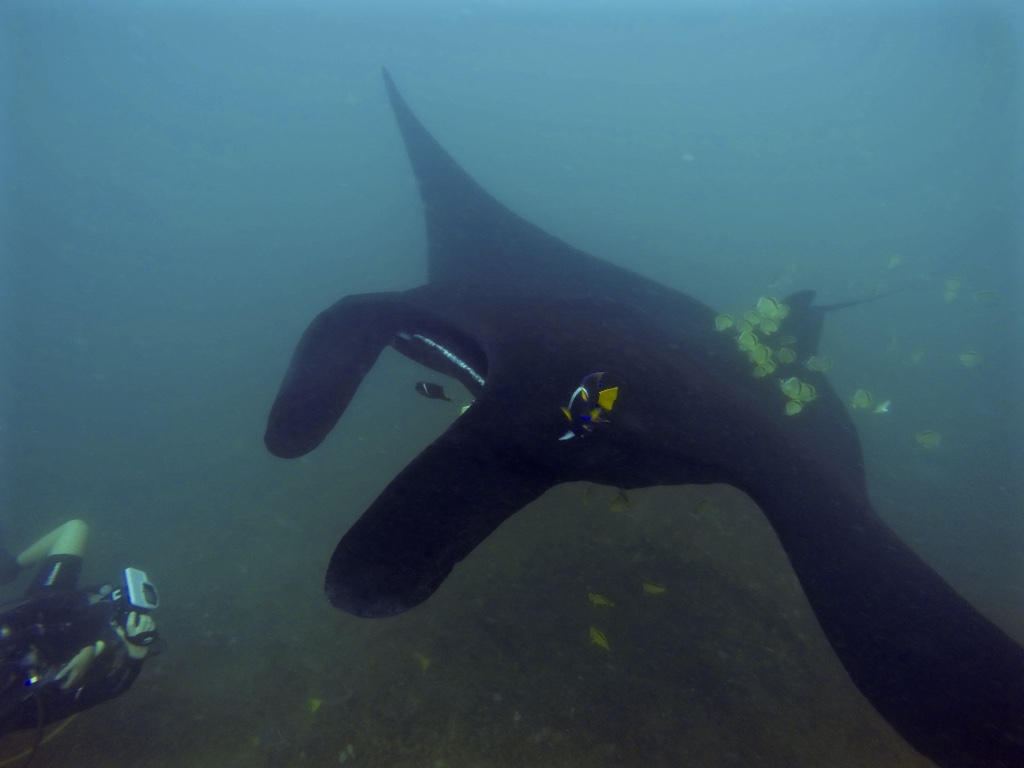
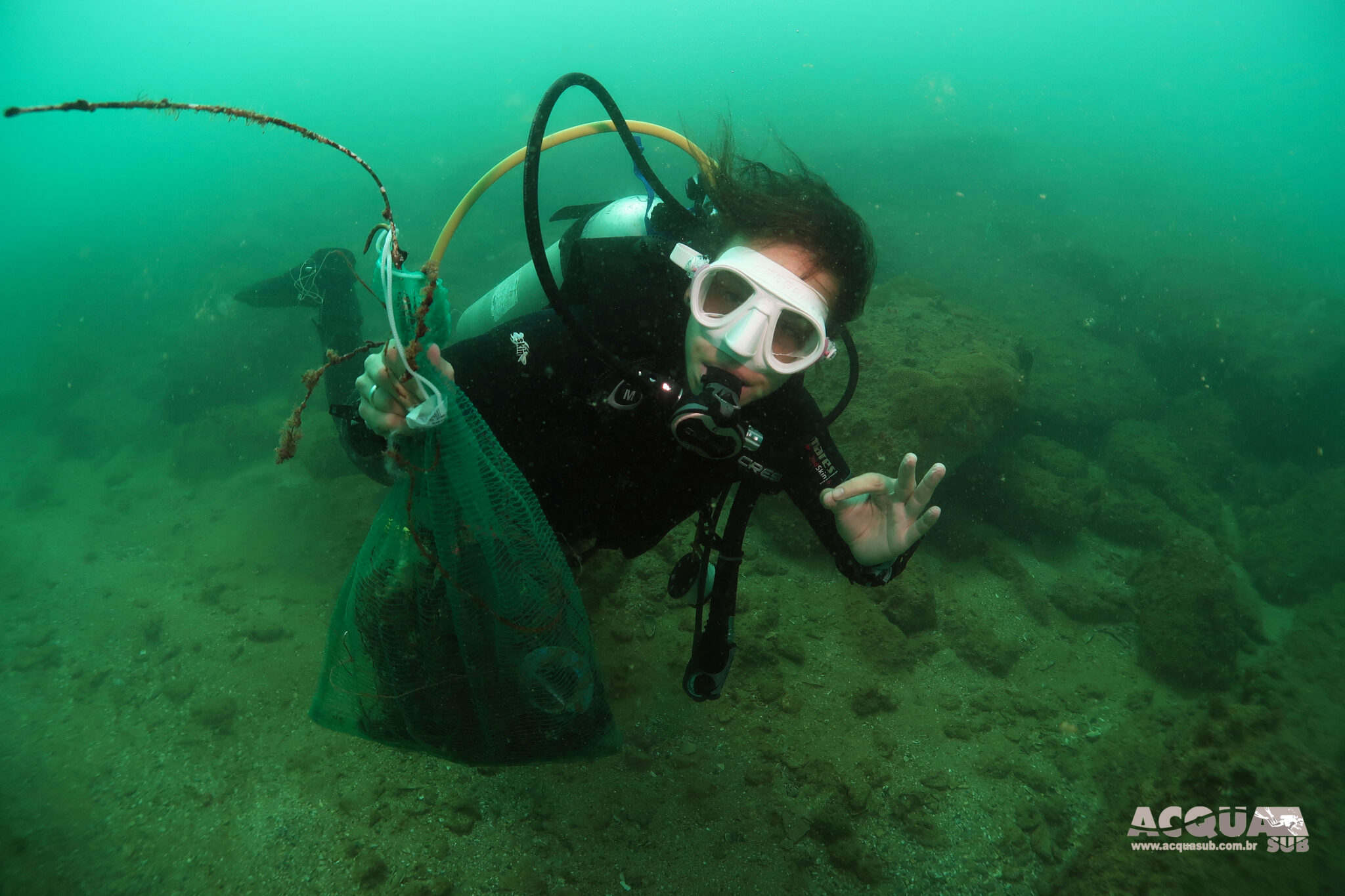
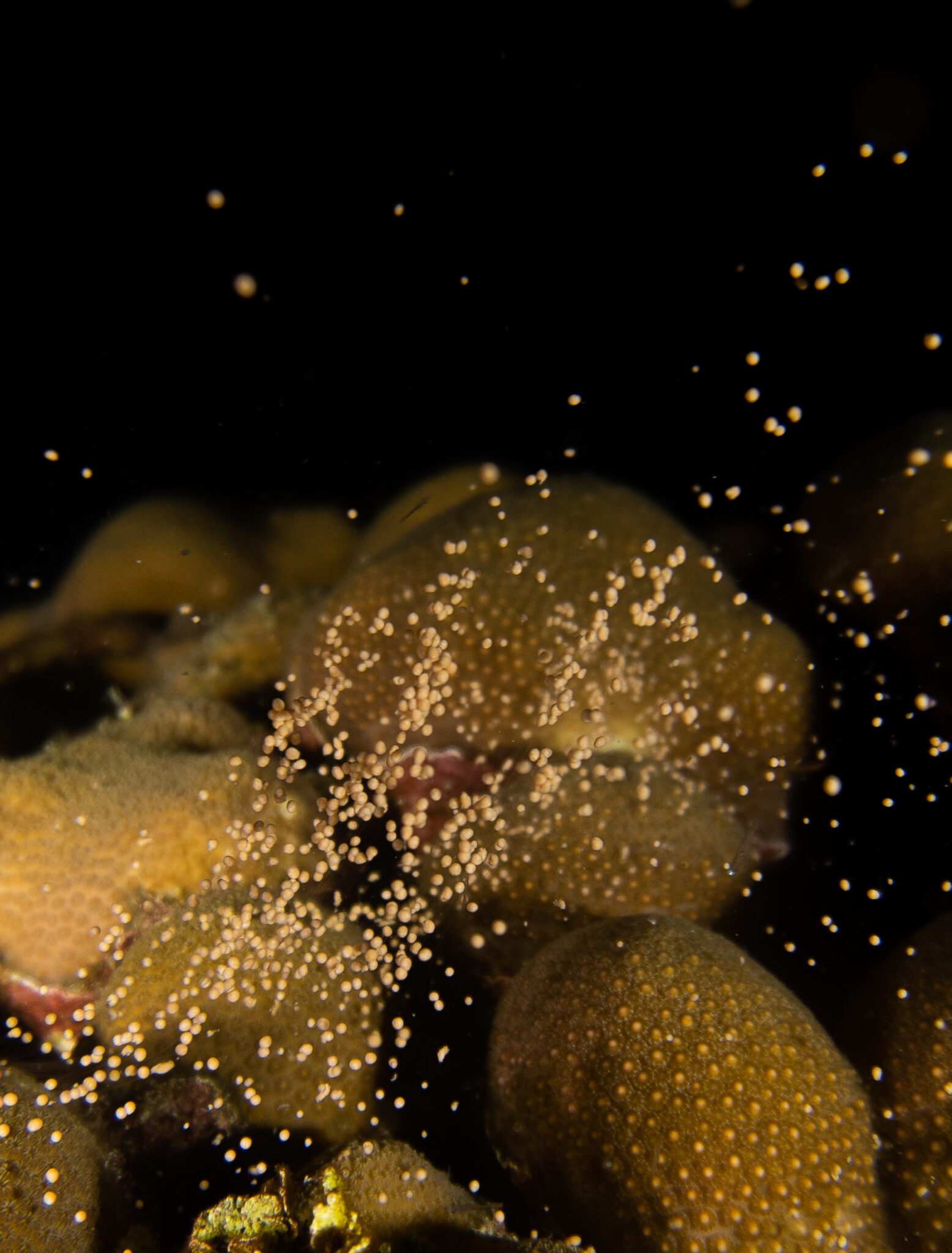
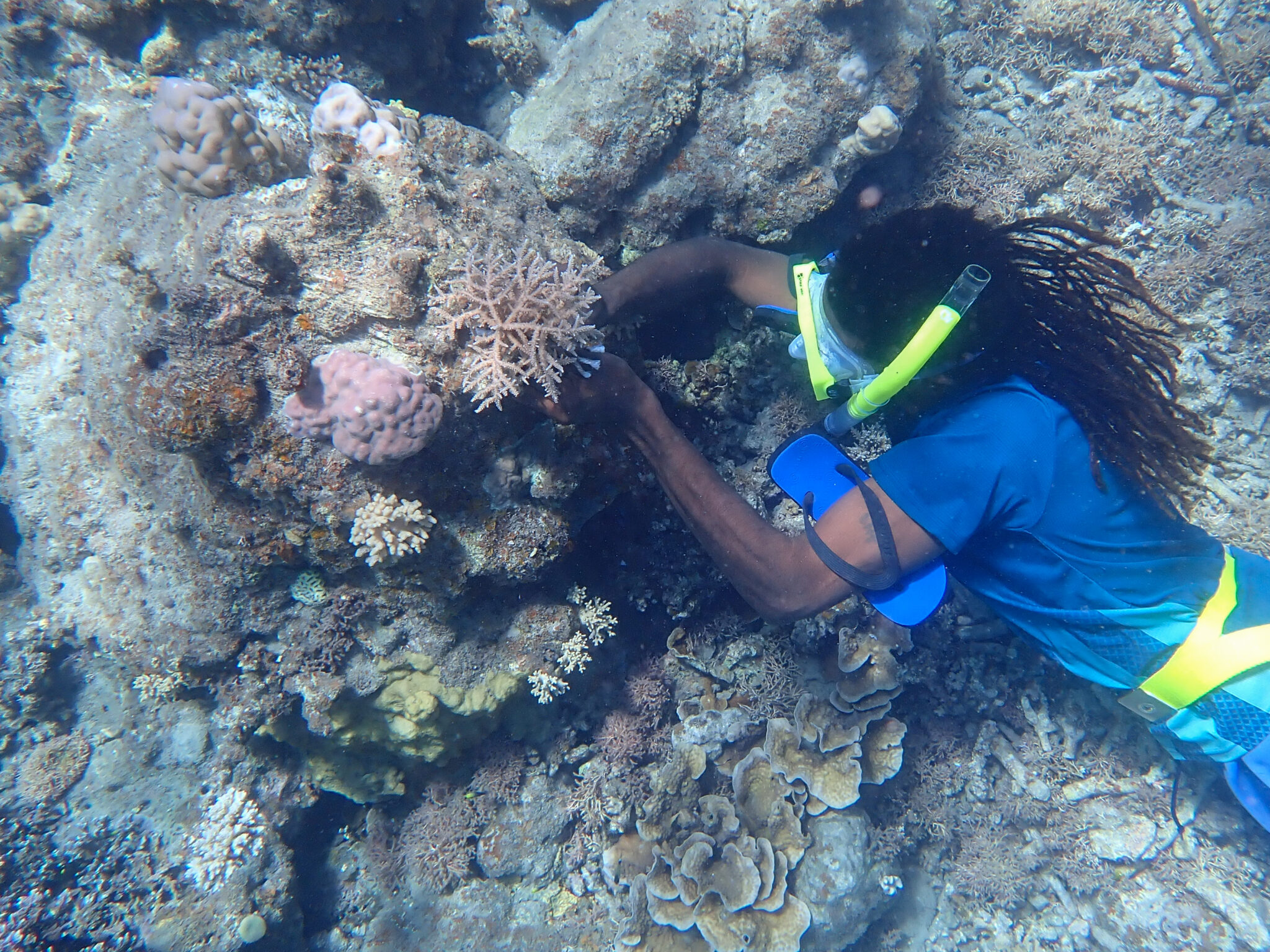
In advance of Earth Day 2022, PADI AWARE announced the first recipients of its new community grants. From giant kelp restoration to protecting a new species of sea turtle, they worked where they saw the most need.
Additionally, the second round of Grantees debuted in Aug. 2022. These include leaders in the ocean and conservation space. They’re creating new sea turtle protection zones, coral nurseries, community action plans, marine protected areas, and more. Let’s take a closer look:
1. PADI Blueprint for Ocean Action: Marine Debris
The 2022 Grants tackling marine debris will leverage the newly-revamped Dive Against Debris program. Individual divers and participating organizations can turn any dive into a policy-driving mechanism (#EveryDiveASurveyDive). First, they report what they see (or don’t see) in terms of oceanic trash into the PADI AWARE mobile app. Then, these data points are added to a robust database that is already being used to advocate for better waste management programs.
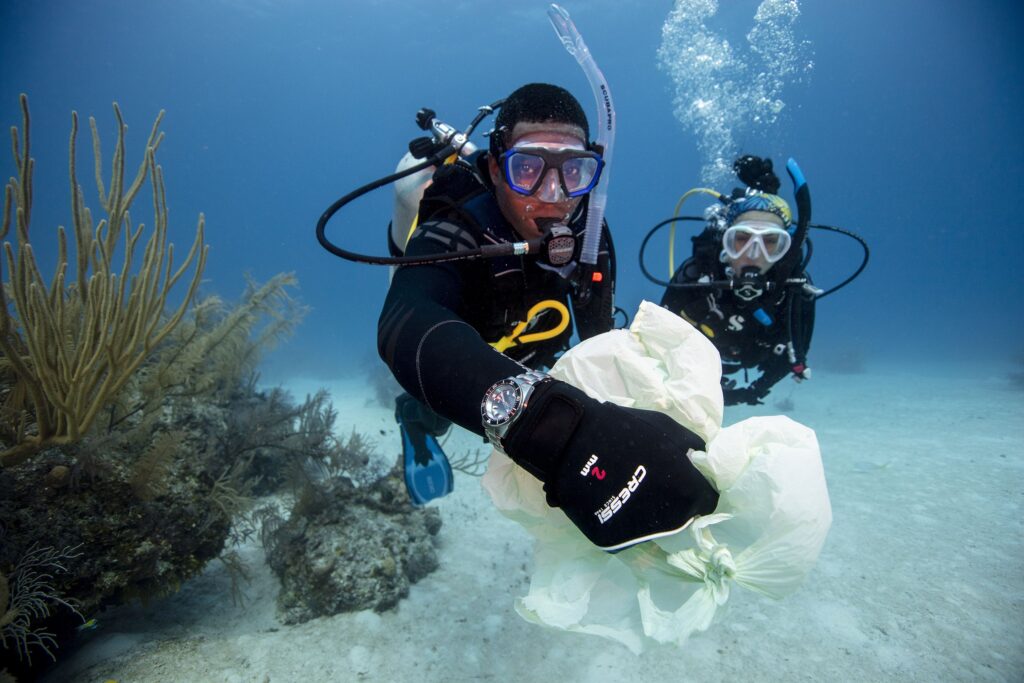
By comparing amounts of trash found on Dives Against Debris before, during, and after the enactment of new waste management tactics, governments and organizations can understand what truly works to keep trash out of our waterways in the first place. Thus, individual divers can help clean our oceans and contribute to tangible policy changes for the future. Check out the PADI AWARE Dive Against Debris map to visualize the efforts across the dive community.
Moreover, the explicit sector goal is to reduce marine debris by 50% in targeted countries through strategic partnerships and cleanup efforts.
2. PADI Blueprint for Ocean Action: Marine Protected Areas
You may have heard of the 30 x 30 Initiative. This movement asks governments to commit to protecting 30% of all land and water by 2030. Doing so is critical to slow down climate change and mitigate its worst effects, preserve biodiversity and halt the global extinction crisis and ensure all communities have access to clean air, water, and outdoor spaces.
Therefore, the PADI Blueprint for Ocean Action supports research to establish more marine protected areas. Additionally, local dive centers, organizations, and governments are encouraged to Adopt the Blue to set aside more marine ecosystems as protected areas. Research shows that no-take zones have a “spillover effect” and lead to healthier fish and marine life populations both inside and outside of boundaries.
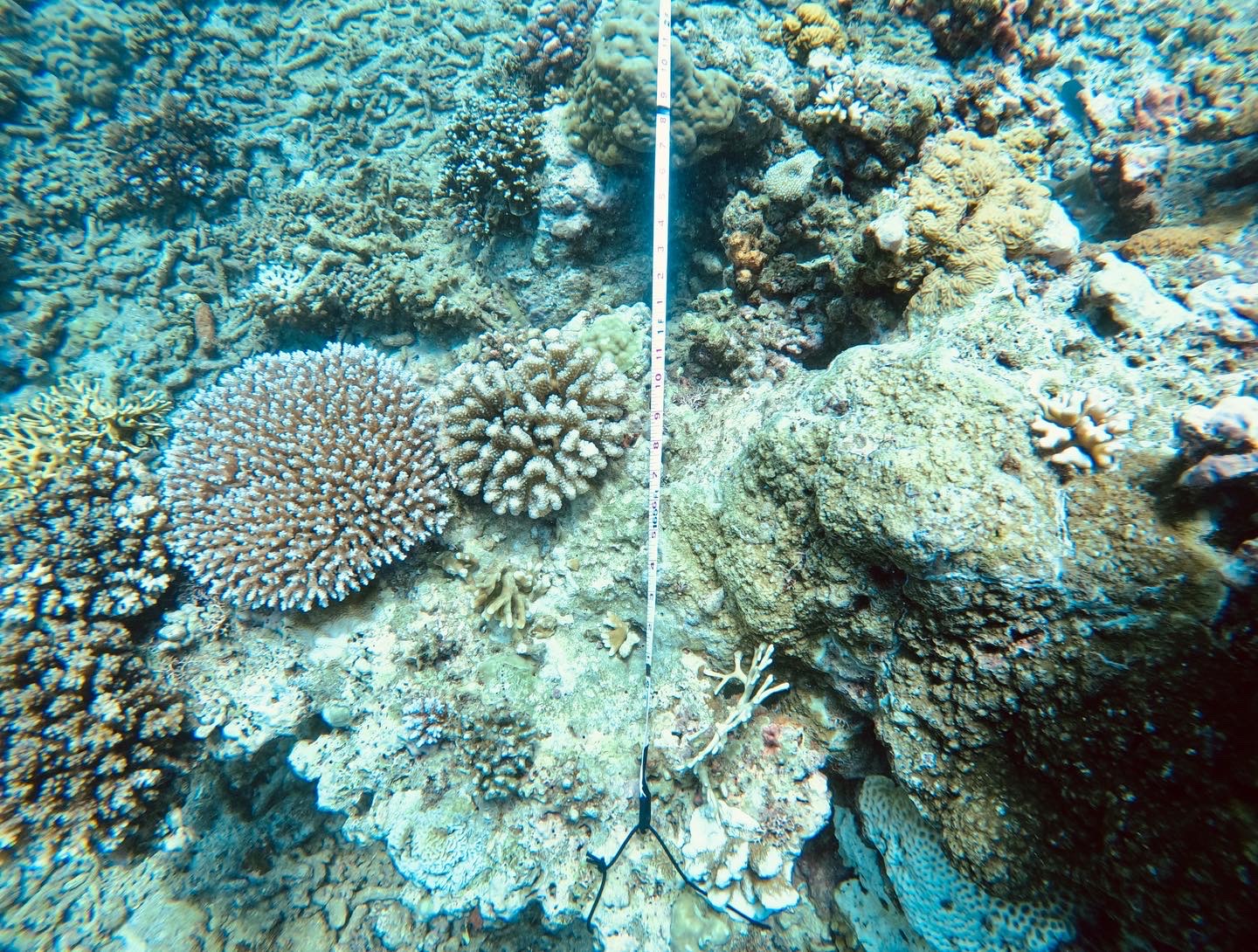
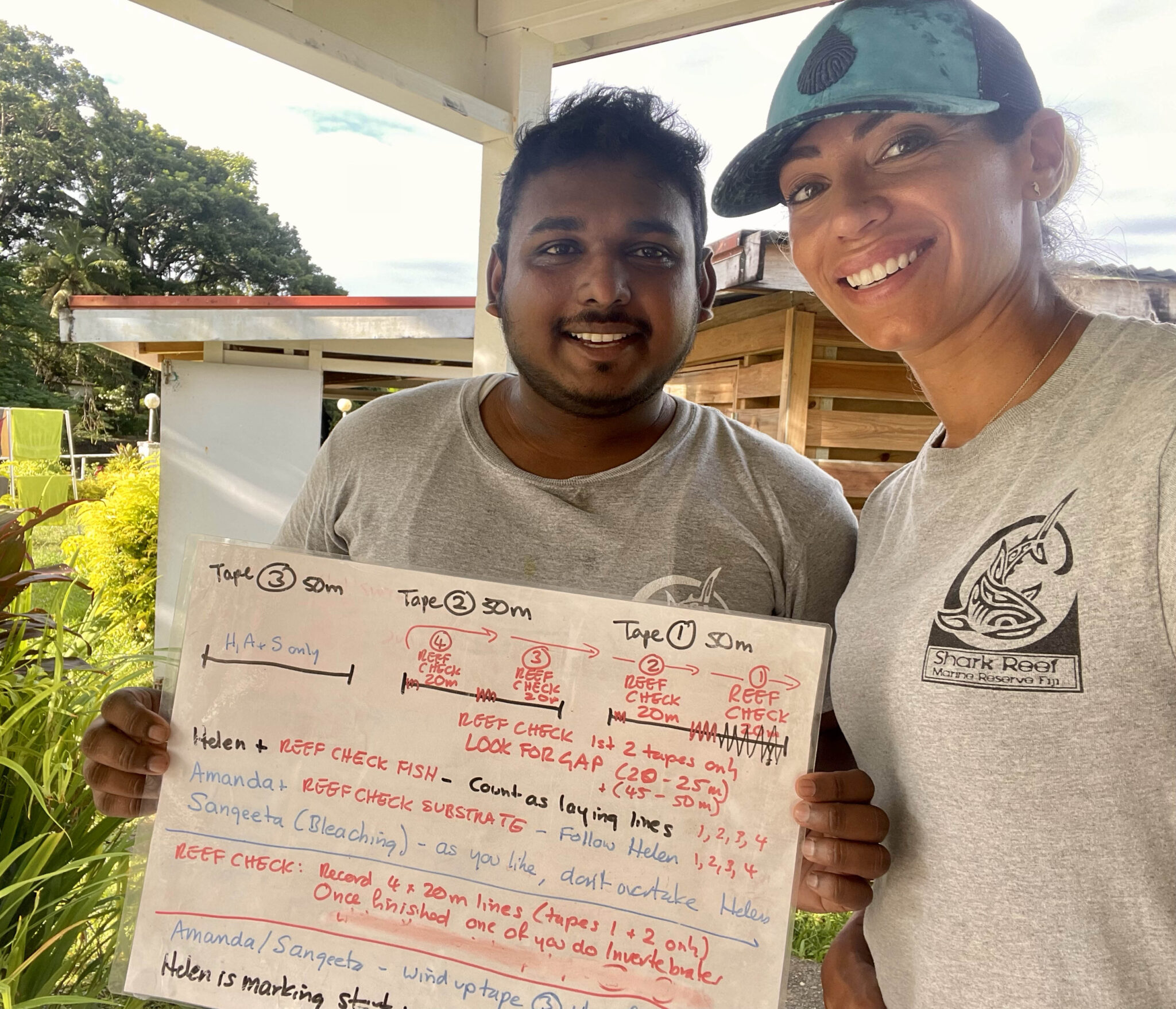
For example, Aug. 2022 Community Grantee Beqa Adventure Divers is working to rehabilitate Fiji’s Shark Reef Marine Reserve as a marine protected area. The grant will fund surveys of the marine protected area for fish species and abundance. They want to determine the impact that poaching during the pandemic had on local fish populations and work towards a more abundant future. They will also bolster ecosystem health through both coral and giant clam restoration.
Director of Conservation Natasha Marosi hopes that follow-up surveys will show that depleted species are rebounding. “It would give us hope that biodiversity could be restored, and Shark Reef Marine Reserve could once again be a sanctuary not only for sharks but [for] every creature calling the reef ecosystem ‘home,’” she says.
3. PADI Blueprint for Ocean Action: Vulnerable Species
Scientists have warned that biodiversity loss and the extinction crisis will be the next major challenge to our natural world. Indeed, ecosystems that have evolved over millions of years have an often-unseen balance. Each species matters to another, and the loss of one has dangerous rippling effects.
Sharks and rays are particularly vulnerable. Researchers estimate that overfishing has put over one-third of shark, ray and chimaera species at risk of extinction. In many marine environments, they are the apex predator. This means they serve critical ecosystem functions which are being lost as species die out.
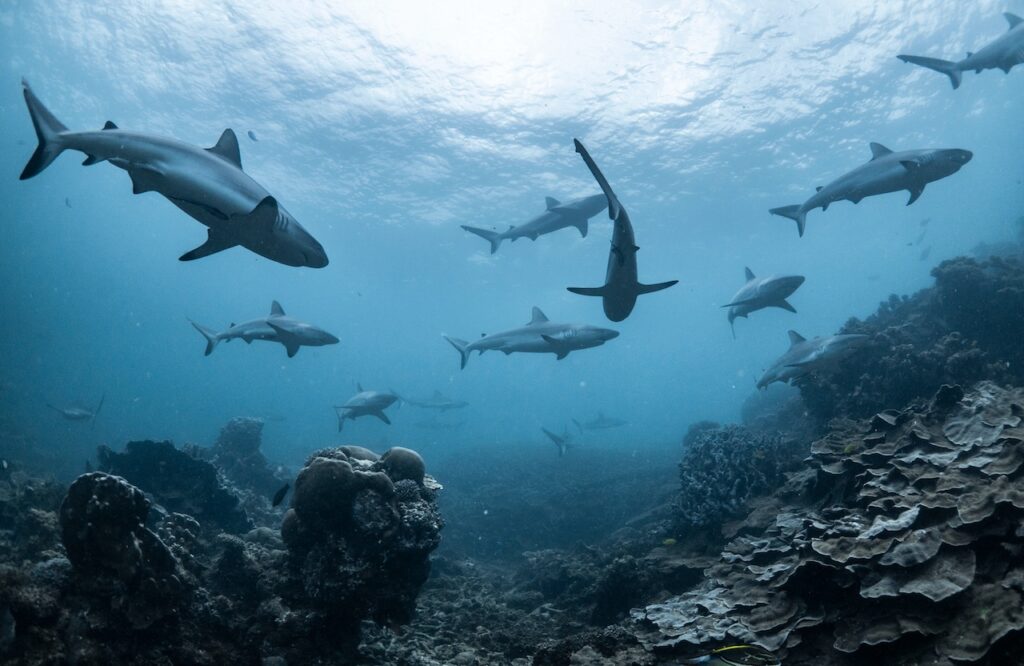
Therefore, PADI AWARE dedicated one of its Blueprint sectors to supporting vulnerable marine species. Specifically, the Foundation hopes to reduce the number of sharks and rays threatened with extinction by 25%. Moreover, they will deploy in-country conservation campaigns to do so, and amplify your voice at the policy table. We want to be a ray of hope for sharks and rays.
4. PADI Blueprint for Ocean Action: Coral Reefs
Coral reefs have been described as the rainforests of the sea. Indeed, despite covering just 1-2% of the ocean floor, they support more than 25% of marine species. These provide us with food and beautiful ocean life to enjoy while diving.
Unfortunately, coral reefs are also one of the most threatened ecosystems on the planet. Moreover, scientists estimate that we may lose 90% of coral reefs by 2050. Therefore, Community Grantees working in this sector use citizen-science programs to restore corals in key reef habitats. Thus, they hope to mitigate the devastating coral habitat declines we’ve been witnessing. Furthermore, PADI AWARE hopes to restore 5% of the globe’s coral reef habitats through these efforts and to engage local communities in this important work.
For instance, take Gili Shark Conservation. Their Coral Catch project will empower 20 Indonesian women to pursue careers in marine conservation by providing them with a coral restoration scholarship.
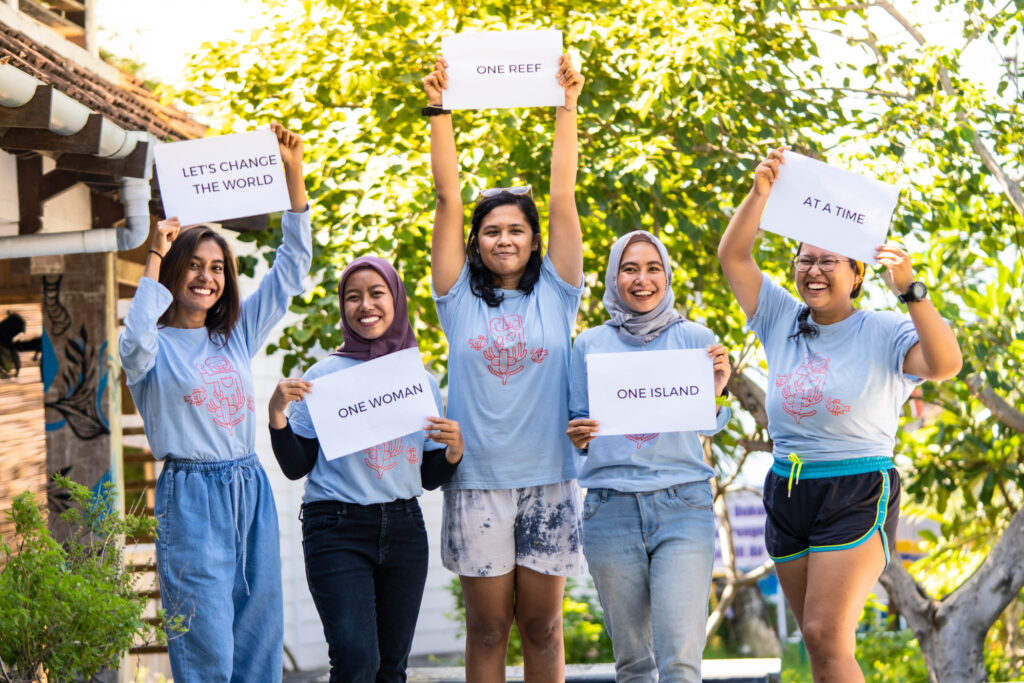
“Our ultimate goal is to create a community of women that are united in advocating for healthy oceans and that are working together to restore the reefs in Indonesia,” says founder and director Rose Huizenga.
Additionally, the project will focus on the 18 most popular dive sites in the Gili Matra Marine Park. Participants will ensure these are part of the PADI AWARE Adopt the Blue Program as well as place a minimum of 400 hex domes for coral restoration onto the reef each year.
Huizenga says, “To give someone the opportunity to realize their dream is the most fantastic feeling in the world. It takes courage, passion, and dedication to follow your dreams and get off the beaten track to become a Coral Catch Superwoman.”
5. PADI Blueprint for Ocean Action: Climate Change
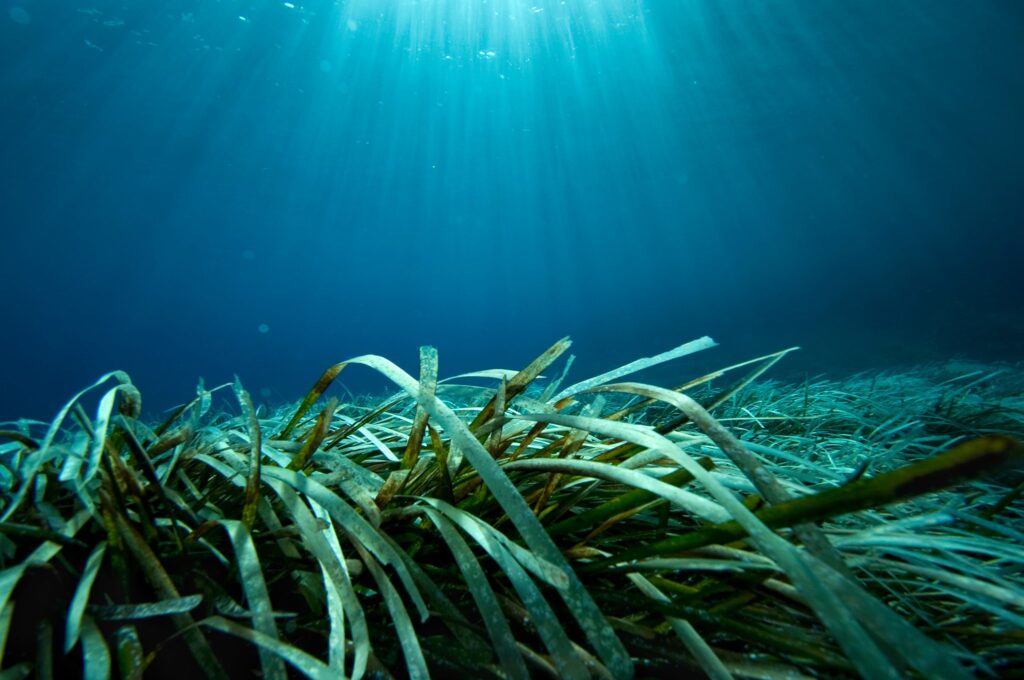
It’s no secret that climate change and the ocean are inextricably linked. However, scientists are learning to what degree this is true. We’re learning about blue carbon habitats that simultaneously sequester atmospheric carbon, produce oxygen, and provide critical habitats for marine life. These mangrove forests and seagrass meadows are key to our collective fight against a warming planet. Therefore, they’re also central to PADI AWARE’s focus on climate change mitigation strategies.
Ultimately, the goal is to achieve net zero across the PADI organization’s supply chain and to protect and restore blue carbon habitats. Moreover, this would reduce and offset the carbon footprint of the diving industry. Additionally, PADI Torchbearers will mobilize to restore, protect and fund more mangrove and seagrass habitats to offset carbon usage.
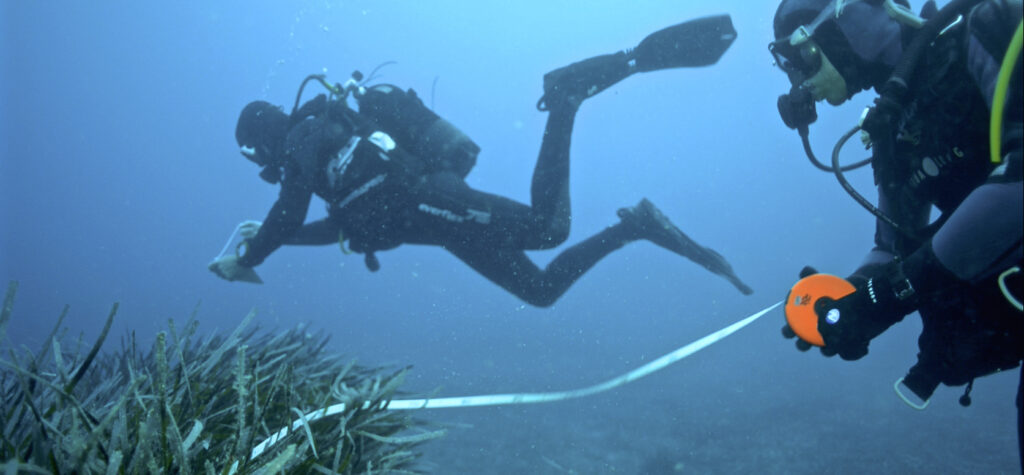
Take the Posidonia Restoration project by Kosamare in Kefalonia, Greece. Representative Alex McMaster says, “Posidonia oceanica [(commonly known as Neptune grass or Mediterranean tapeweed)] is one of the most important ecosystems in the Mediterranean. It is protected under the EU Birds and Habitats Directive but still faces major threats, including significant impacts from recreational boating.”
Therefore, over the next three years, Kosamare will monitor and select priority seagrass meadows for permanent eco-moorings and restoration work. Furthermore, the moorings will help prevent future damage from boating, and Posidonia restoration will revive some of these critical habitats and blue carbon sinks. Throughout this process, they will engage the local community.
This work will “demonstrate the ability of small organizations and communities to mobilize for change in the face of the climate crisis,” he says.
Where You and I Come In
Now that we’ve met some of the amazing Grantees from the Aug. 2022 funding round and witnessed their impact, it’s time to complete the cycle. This is where you and I come in.
The third and most recent call for applications closed on Oct. 22, 2022. Notifications will go out on Dec. 16, 2022.
Moore says, “As a publicly funded environmental charity, we rely on individual donors from around the world to achieve urgent ocean impact. We are thrilled to be able to pay it forward and support others who are committed to protecting and saving the ocean.”
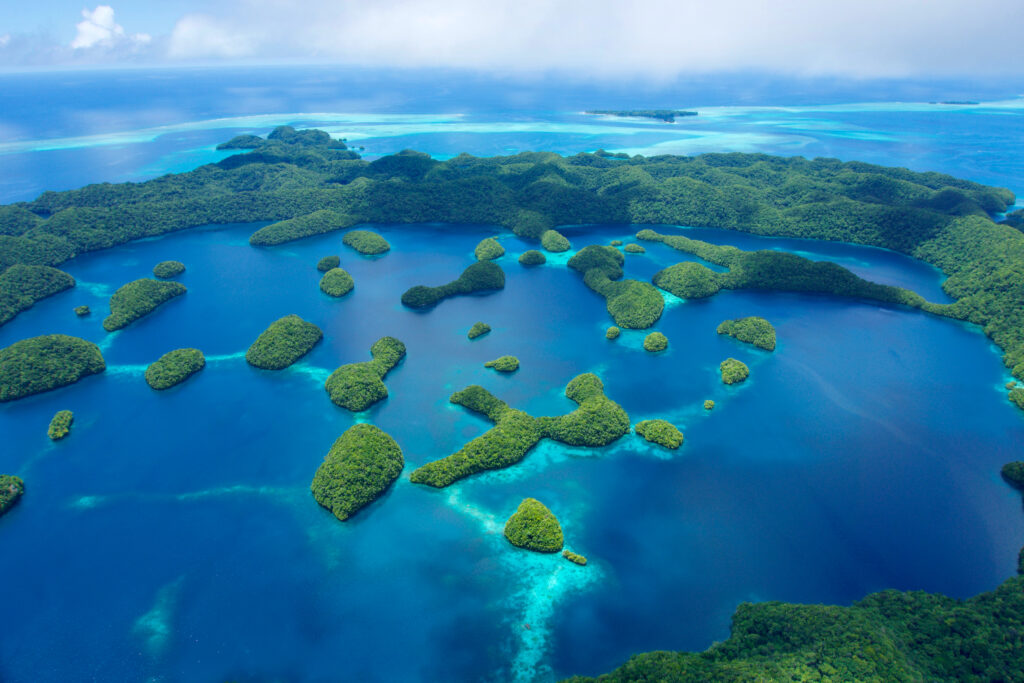
By donating to the Foundation, we help fund these, and future Community Grantees. They are already doing urgent work to save our ocean, and our support helps them do more, faster. Through their efforts, with our support, we can help save the ocean we all love so much.
We need your help.
In essence, by supporting the Foundation and its Community Grants, we help accelerate participation, education, and advocacy for ocean protection.

